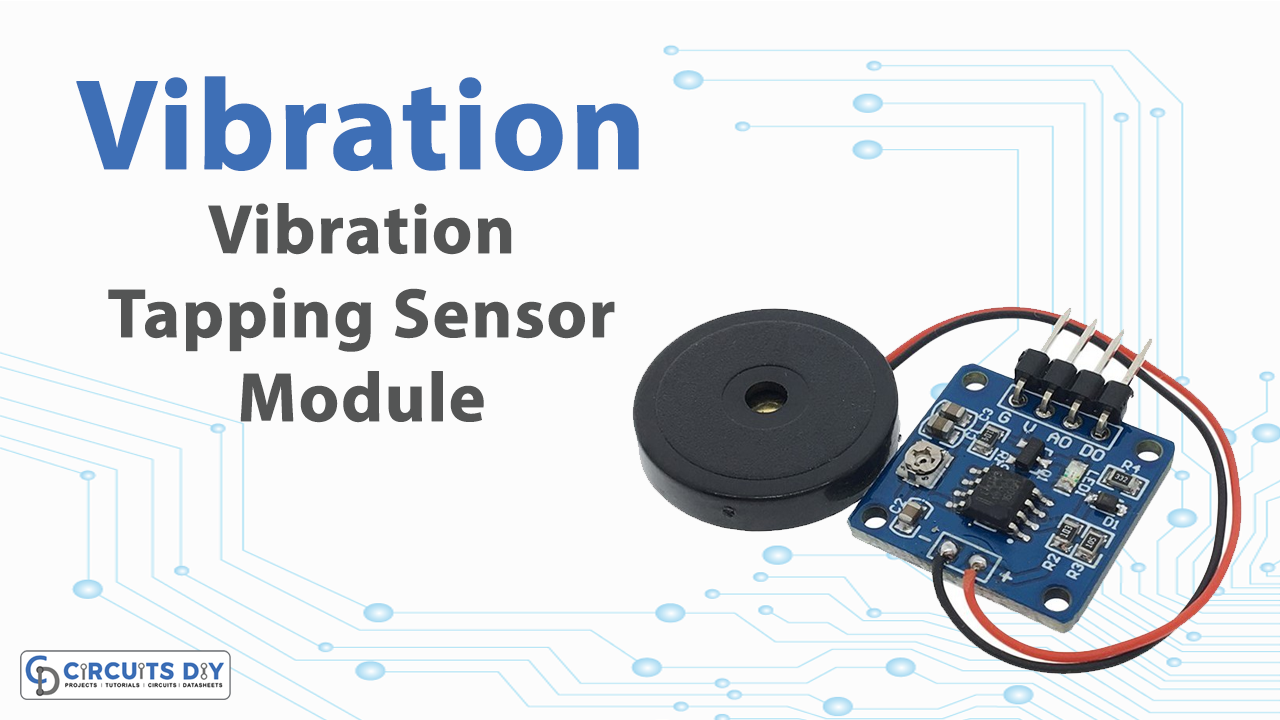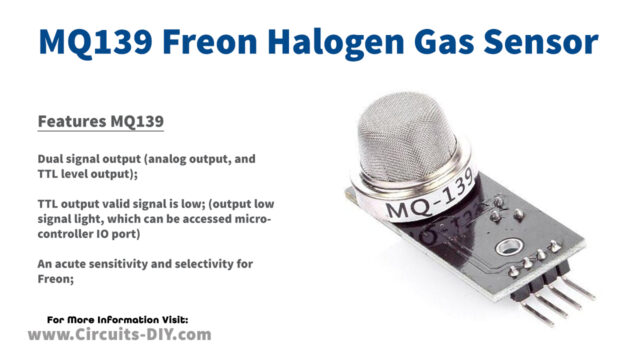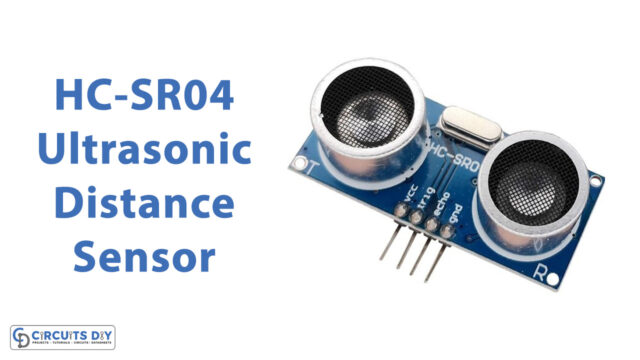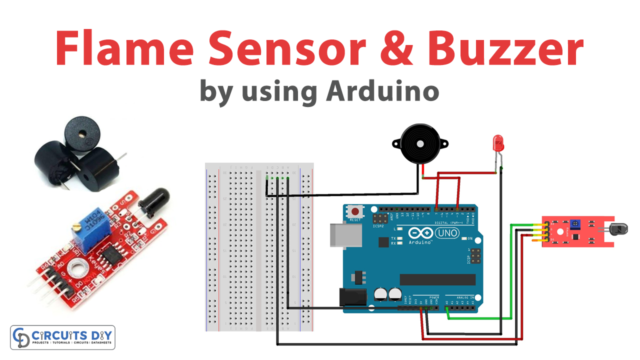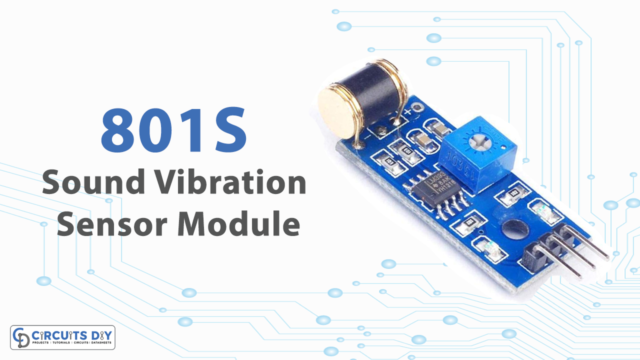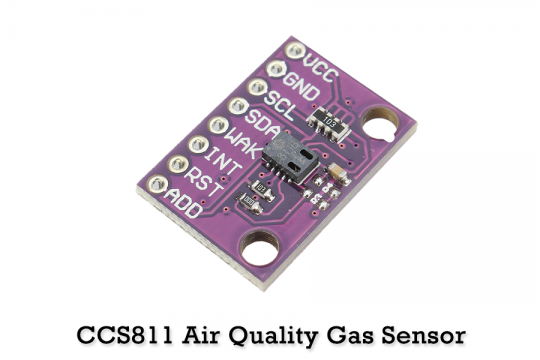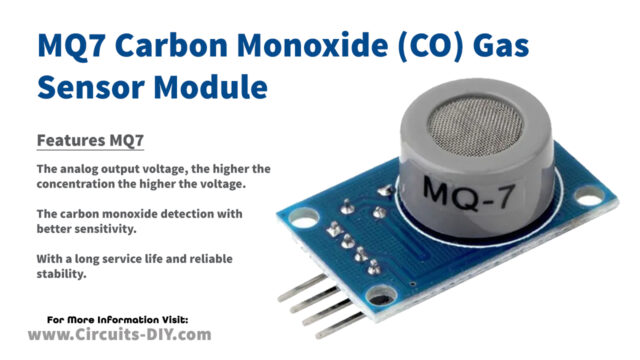Introduction
A simple vibration sensor dependent on a piezoelectric ceramic sheet is a converse change process that utilizes piezoelectric ceramics to create vibration. So, when the piezoelectric ceramic piece vibrates, it produced an electrical signal.

An Overview of Vibration Sensor
An analog vibration sensor based on a piezoelectric ceramic sheet. Piezoelectric ceramics are materials that convert mechanical energy and electrical energy. Piezoelectric ceramics have dielectric properties, and flexibility, and have been broadly utilized in different fields like medical imaging, etc
Working Principle
They based their working principle on vibration. The greater the vibration, the larger the output voltage. The potentiometer can adjust the sensitivity of the vibration amplitude. We can adjust the high-sensitivity output to respond with a mouth blow or a tap with a hand.
Features and Specifications of Vibration Sensor
Features
- uses piezoelectric ceramics to generate vibration.
- high sensitivity, and can be adjusted to respond with a mouth blow or a tap with a hand.
- TTL level output.
- Output signal LED indication.
- The sensitivity of the vibration amplitude can be adjusted by the potentiometer.
Specifications
- Working Voltage: 5.0V (DC)
- Interface Type: AD/DO
- AO: Analog Signal Output
- DO: TTL Level Output
- Working Temperature: -10 ° C ~ +70 ° C
- Size: Approx. 20 x 20mm / 0.8 x 0.8in
- Weight: 4.5 g / 0.2 oz(approx.)
- Test Method and Wiring:
- G (GND):: Power ground
- V (VCC): Operating voltage 5V (DC)
- ADO: Analog signal output
Pinouts of Vibration Sensor

| Pin Name | Description |
| VCC | Module power supply – 3.3V to 5V |
| GND | Ground |
| D0 | Digital Output |
| A0 | Analog Output |
Applications and Uses
- Earthquake monitoring or control systems.
- Home appliances, etc

